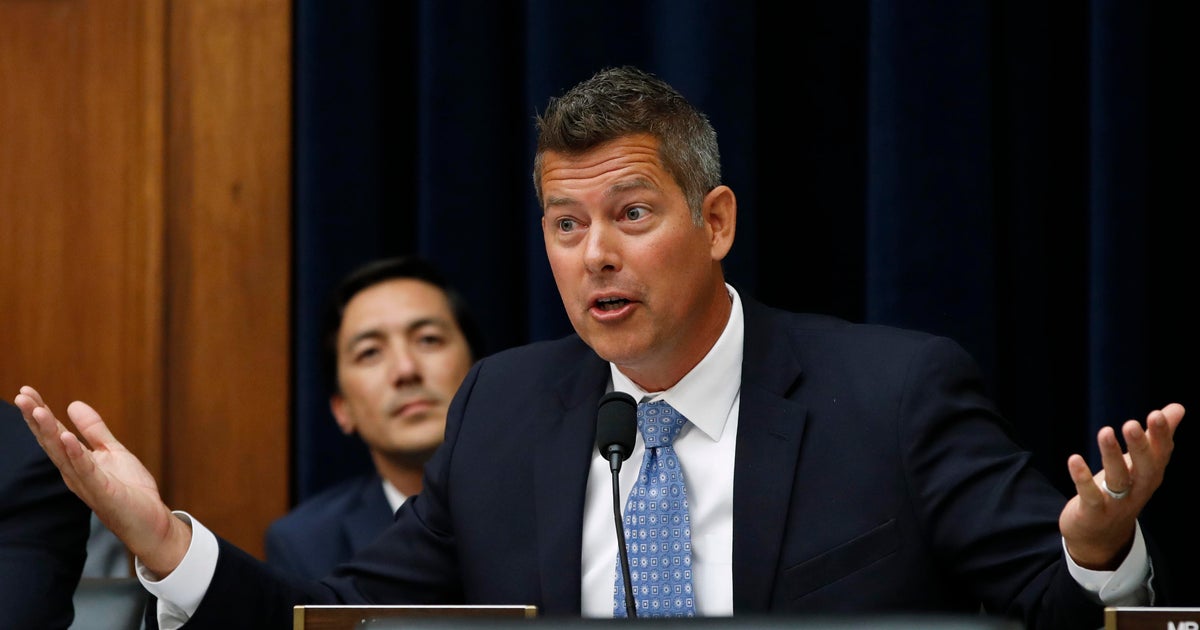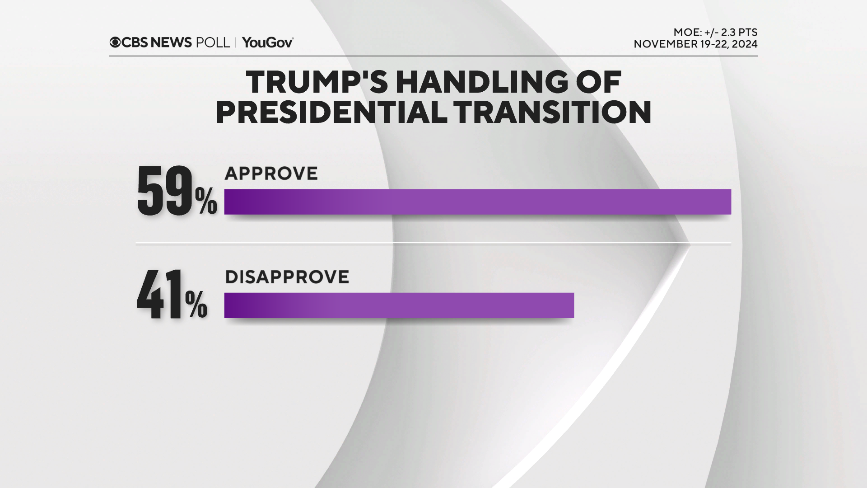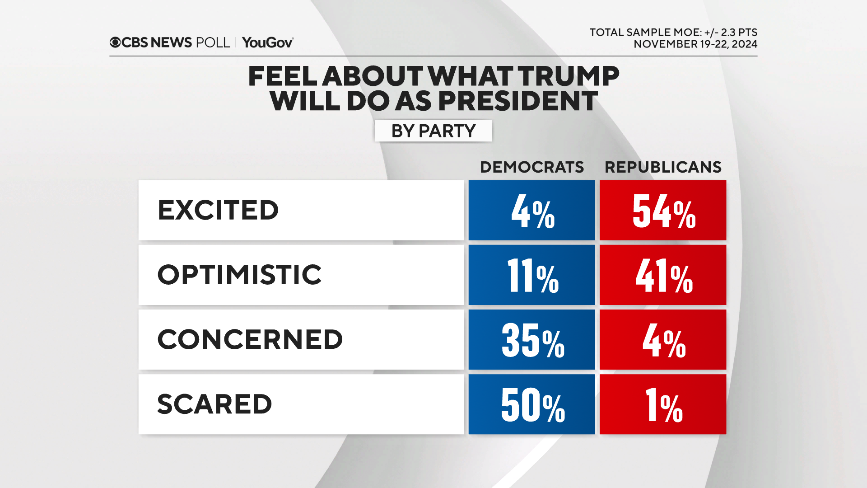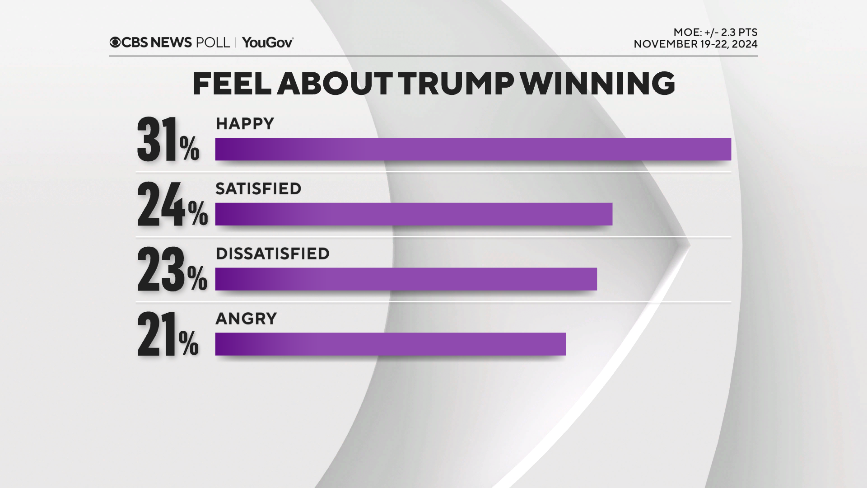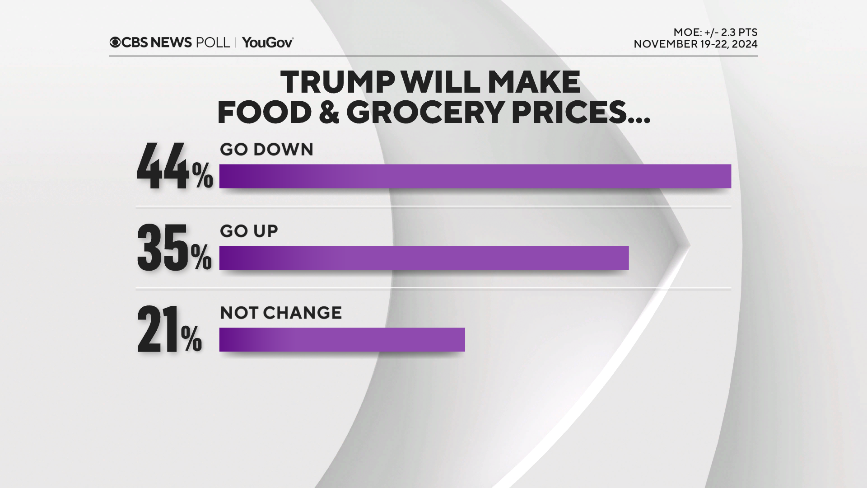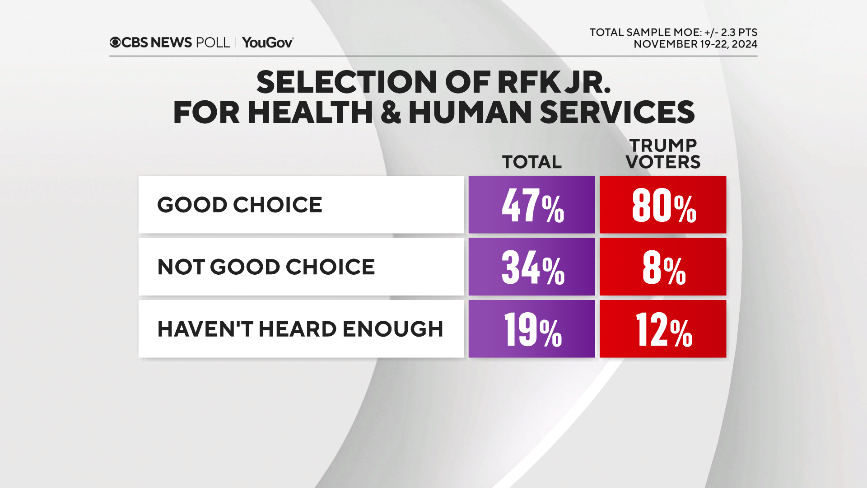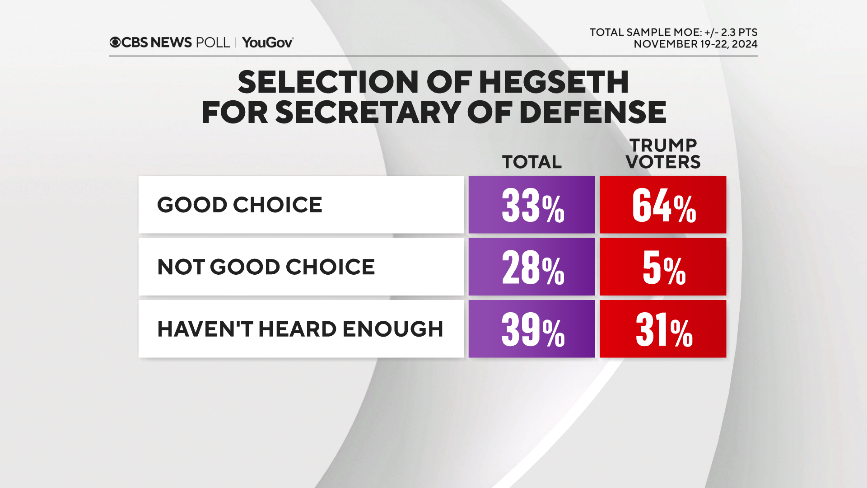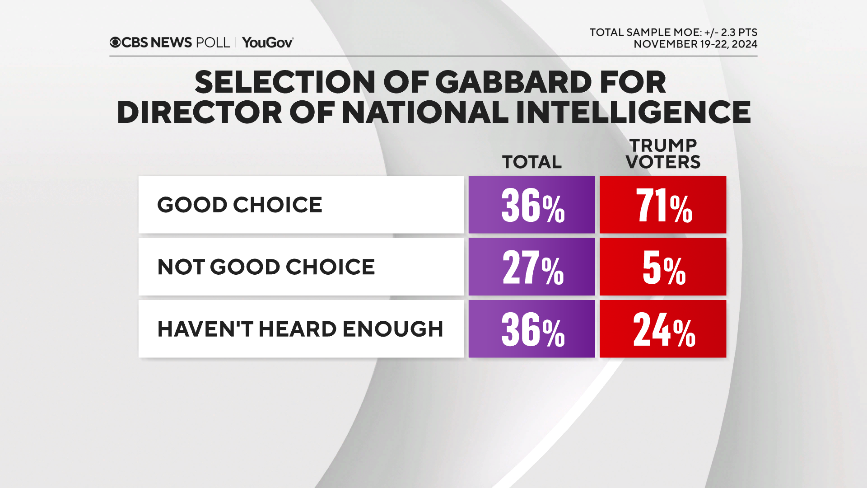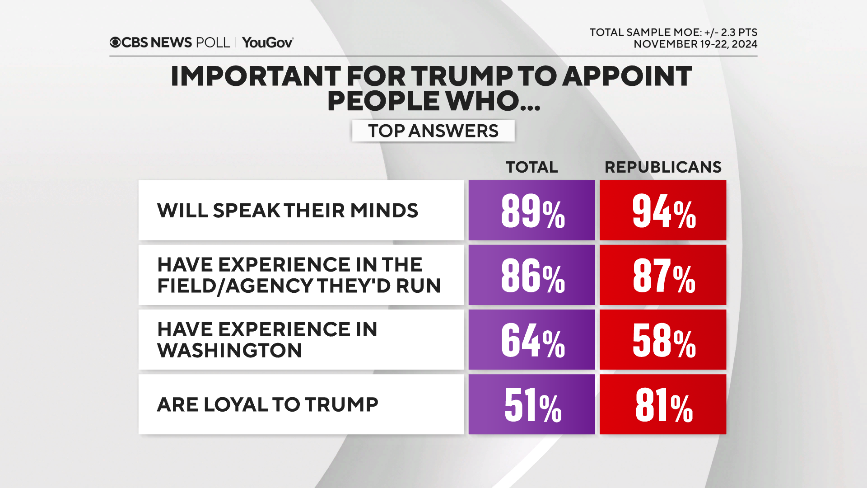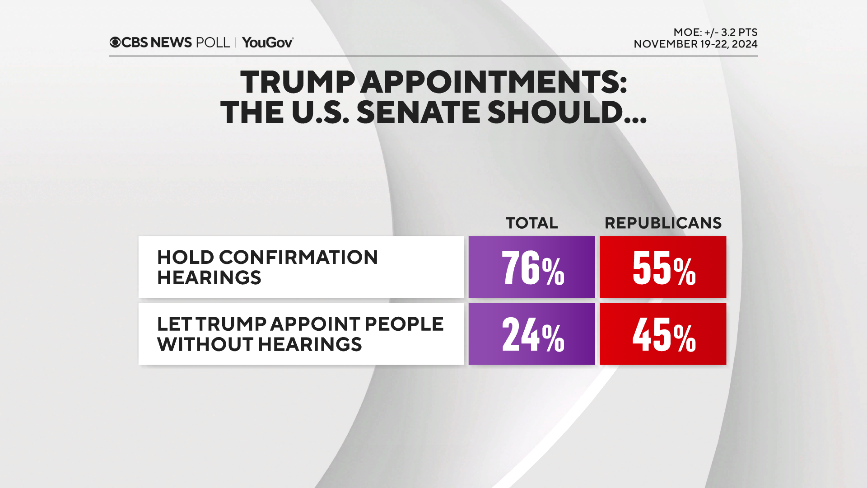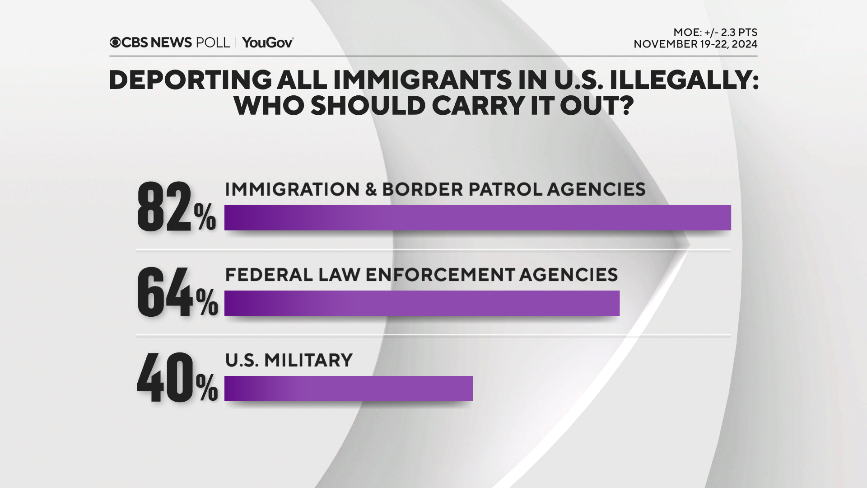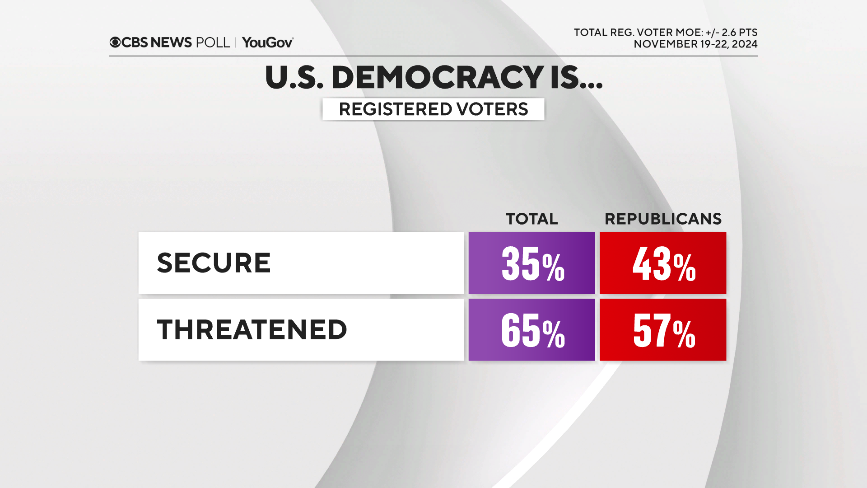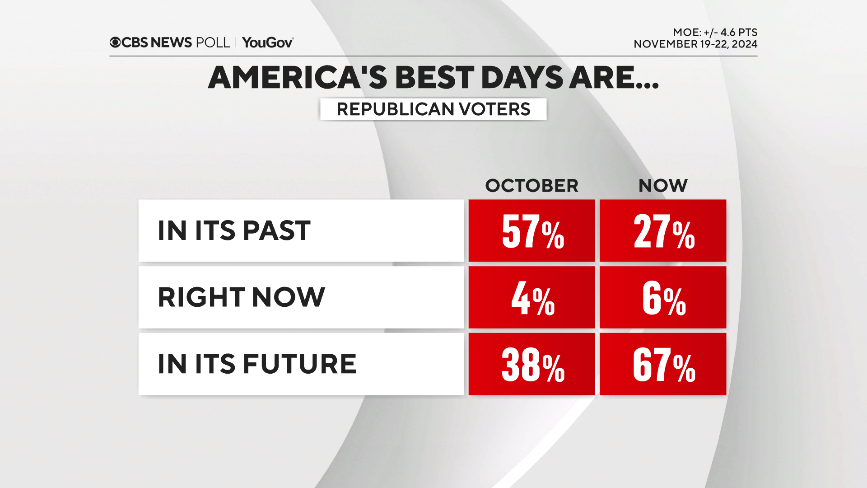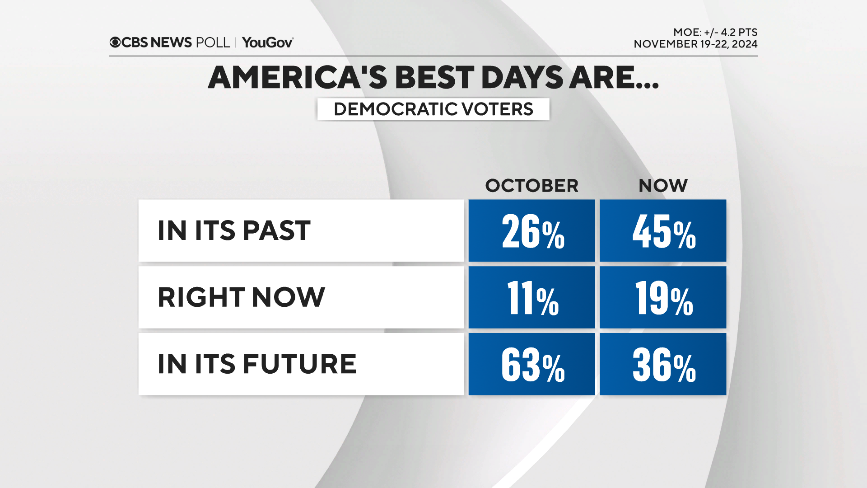CBS News
Los Angeles is making it easier to find an EV charger. Here’s their plan for closing the “charging gap.”

In a quest to make finding a charger easier for electric vehicle drivers, the city of Los Angeles is taking a novel approach: installing EV chargers on light poles on city streets, because the electric infrastructure is already there.
“At most we’ll have to change fuses or do structural retrofits so that we can attach it,” said Miguel Sangalang, director of Los Angeles’ Bureau of Street Lighting. “But nothing like changing out the actual entire line or improving the electrical system itself.”
Los Angeles has installed 725 light-pole chargers so far, and Sangalang says the street light system can support 3,000 or 4,000 more.
And unlike commercial companies that are installing chargers in affluent parts of the city, the city’s mission is to select locations that are more inclusive.
“We want to go into places where commercial actors might not necessarily want to go first,” Sangalang said. “We’re going to be that public option for people to have access to it on the right-of-way for everyone.”
The driving need
Last year, Americans bought about 1.4 million electric vehicles — a new record, according to Argonne National Laboratory. While widespread adoption of EVs is a critical tool in the fight against climate change, renewable energy experts worry that a lack of public charging will push drivers away from EVs and toward gas-powered vehicles.
To keep up with growing EV sales, the National Renewable Energy Laboratory estimates that in addition to all the private chargers at homes and offices, the United States will need 1.2 million publicly accessible chargers by 2030. Currently the U.S. has more than 160,000 public chargers throughout the country.
What’s happening in LA is an example of the kinds of solutions, big and small, that will be needed to reach those goals.
“The slower we go, the bigger the impacts of climate change that we’re going to see,” Melissa Lott, a clean energy researcher at Columbia University, said. “And that directly means impacts on our economy, but also our health.”
Building a national network
Two years ago, federal lawmakers approved $5 billion to spur the construction of a national network of 500,000 electric charging ports by 2030. The objective is to install a public charging facility about every 50 miles along highways.
Since the law passed, 33 states have either issued proposals or awarded construction contracts to build the network, but so far only four new new charging sites are in the ground, according to the Federal Highway Administration. Lott said a lot of different factors play into that.
“It’s going to be people installing home chargers and it’s going to be people at their businesses giving their employees places to charge that maybe other people can access,” Lott said. “It’s going to be fueling stations becoming fueling stations for more than gas and diesel and other types of fuels.”
Chargers can’t just go anywhere, either. Lott said it’s like when cellphones first came out and service wasn’t as widespread. EV chargers also need a network to connect to.
“You have to pick certain places and make sure the infrastructure behind it, all the stuff that’s invisible to us on the day-to-day is actually there and ready to go,” she said. “That takes time, that takes permits, that takes all types of processes to get it approved, and a lot of work, a lot of labor.”
Better maintenance
Another way to address the charging gap is through improved maintenance of existing public chargers. Like most technology, chargers require regular service and repairs.
“[If] the charger that you thought you were going to use to refuel your vehicle is actually inoperable … that’s a huge problem,” said Walter Thorn, senior vice president of product for a repair company called ChargerHelp.
ChargerHelp trains technicians to service a variety of charging equipment operated by many different charger companies across 17 states.
As part of its service, ChargerHelp spot checks chargers in the field and often reports back to a charging company about a problem the owner did not know about. The company says it serviced 18,000 chargers last year.
Data from every service visit is logged into a central database, allowing technicians to learn from previous calls and reduce the number of trips required to keep a charger up and running.
A recent JD Power survey found 35% of EV drivers in the Miami-Port St. Lucie-Fort Lauderdale area reported visiting a charger where they were unable to charge. In Denver and Dallas-Fort Worth that number was 29%.
Another study from the University of California Berkeley in 2022 found 28% of public chargers in the San Francisco Bay Area did not function properly.
Last year, ChargerHelp collaborated with the federal government in developing a new standard that says chargers will have to work 97% of the time.
“Reliable charging infrastructure is a critical piece of a successful transition,” Thorn said.
CBS News
Good enough to eat: Noah Verrier’s paintings of comfort food

Watch CBS News
Be the first to know
Get browser notifications for breaking news, live events, and exclusive reporting.
CBS News
A study to personalize nutrition guidance just for you

Watch CBS News
Be the first to know
Get browser notifications for breaking news, live events, and exclusive reporting.
CBS News
CBS News poll finds Trump starts on positive note as most approve of transition handling
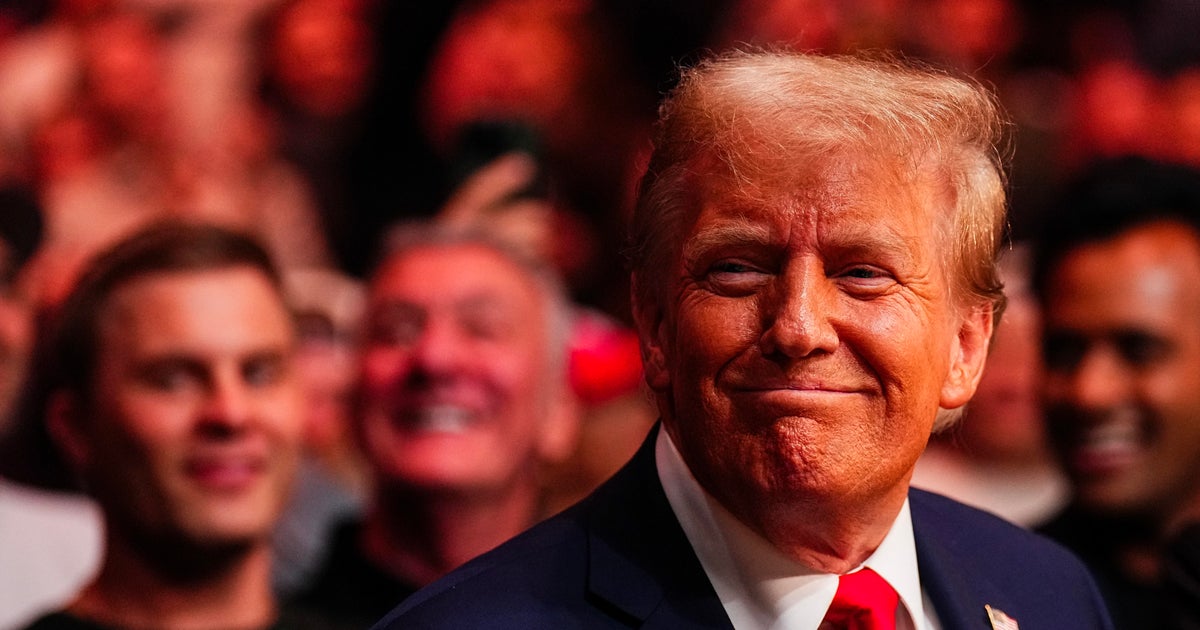
President-elect Donald Trump’s incoming administration starts off with mostly good will from the public: a majority of Americans overall are either happy or at least satisfied that he won and are either excited or optimistic about what he’ll do as president.
Trump’s handling of his presidential transition gets approval from most Americans overall and brings near-universal approval from his voters, along with a net-positive response about his selections for Cabinet posts, in particular, Sen. Marco Rubio, who is Trump’s pick to be secretary of state.
After inflation and the economy so dominated the election, Americans are more inclined to think his administration will bring down prices for food and groceries rather than raise them, and his voters overwhelmingly say that. Going into the election, his backers expected that, too.
In a similar vein, Trump’s election already has some Republicans’ views of the economy improving.
Overall, Republicans today are more excited about what Trump will do as president now than they were in 2016 when he was first elected.
Democrats say they feel more scared about what Trump might do than they did in 2016, and a large majority of Democrats think as president he will threaten their rights and freedoms. But at the same time, there seems to be a sense of exhaustion, as fewer than half of Democrats feel motivated to oppose Trump right now.
Americans, and Democrats specifically, do think the Biden administration should work with the incoming Trump administration to ensure a smooth transition, and that congressional Democrats should work with Donald Trump on issues where they find common ground.
Trump and the economy
After winning comes expectations. There’s a net optimism about the incoming administration’s effect on food and grocery prices, especially among Trump’s voters. That comes as most Americans continue to say prices are currently rising. And inflation was a big factor in Trump winning in the first place.
It may be no surprise then that among many potential items for the incoming administration, Americans say plans to lower prices ought to be the top priority.
The percentage of Republicans who call the U.S. economy good, while still low, has gone up, as the percentage who call it very bad has dropped. That pushes voters’ overall evaluation of the economy slightly higher than it’s been this year — and further spotlights how much partisanship, along with optimism, always plays into these evaluations.
Trump selections of Cabinet and agency chiefs for his administration
Trump’s current selections for agency heads and Cabinet picks get rated overwhelmingly as good choices from Trump’s voters, and are net-positive as selections among Americans who have heard enough about them to say. (Many have not heard enough yet.)
As a general rule, Americans want Trump to appoint people who’ll speak their minds and who have experience in the field or agency they’ll run. But in addition to those qualities, Republicans also want people who’ll be loyal to Trump.
A large majority of Republicans and Trump voters think Elon Musk should have at least some influence in the Trump administration. Americans overall are more split on that, largely along partisan lines.
Big majorities of Americans — and a slight majority of Republicans — would like to see the Senate hold hearings on his nominations, rather than let him make those appointments without it.
(Within self-identified Republicans, MAGA Republicans are relatively more inclined to say the Senate should skip the hearings.)
That sentiment holds whether or not people are told or reminded that the Constitution says the Senate should give advice and consent.
As a general matter, though, most of Trump’s voters and most Republicans do want Trump to have more presidential power this term than he did in his last. That sentiment is higher among Republican voters now than during the campaign.
Trump policies
On another economic front, Trump’s voters overwhelmingly favor the idea of tariffs: most of them don’t believe that will make prices higher. (For the third who believe tariffs will raise prices but support them anyhow, this is presumably a cost they’re willing to bear.)
For the public overall, opposition to tariffs goes hand in hand with the belief they’ll lead to higher prices.
As was the case with voters throughout the campaign, most Americans would, in principle, approve of a new mass deportation program.
If the Trump administration does start a mass deportation program, most of the public would have it carried out by law enforcement or current immigration agencies — most would not have the U.S. military do it.
Elections and democracy
The 2024 results have shifted Republicans’ views of U.S. democracy and also returned some confidence to their view of U.S. elections. Few Republicans suspect fraud in 2024. They overwhelmingly did about 2020.
Following Trump’s victory, there’s been an increase in the number of Republicans who say democracy and rule of law is secure, though most Americans continue to say it is not.
Looking ahead, there’s another shift along partisan lines. Throughout the campaign, Republicans said America’s best days were in its past, while Democrats felt they were in the future. These views are reversed now. After Trump’s win, most Republicans feel America’s best days are in its future.
This CBS News/YouGov survey was conducted with a nationally representative sample of 2,232 U.S. adults interviewed between November 19-22, 2024. The sample was weighted to be representative of adults nationwide according to gender, age, race, and education, based on the U.S. Census American Community Survey and Current Population Survey, as well as 2024 presidential vote. The margin of error is ±2.3 points.


